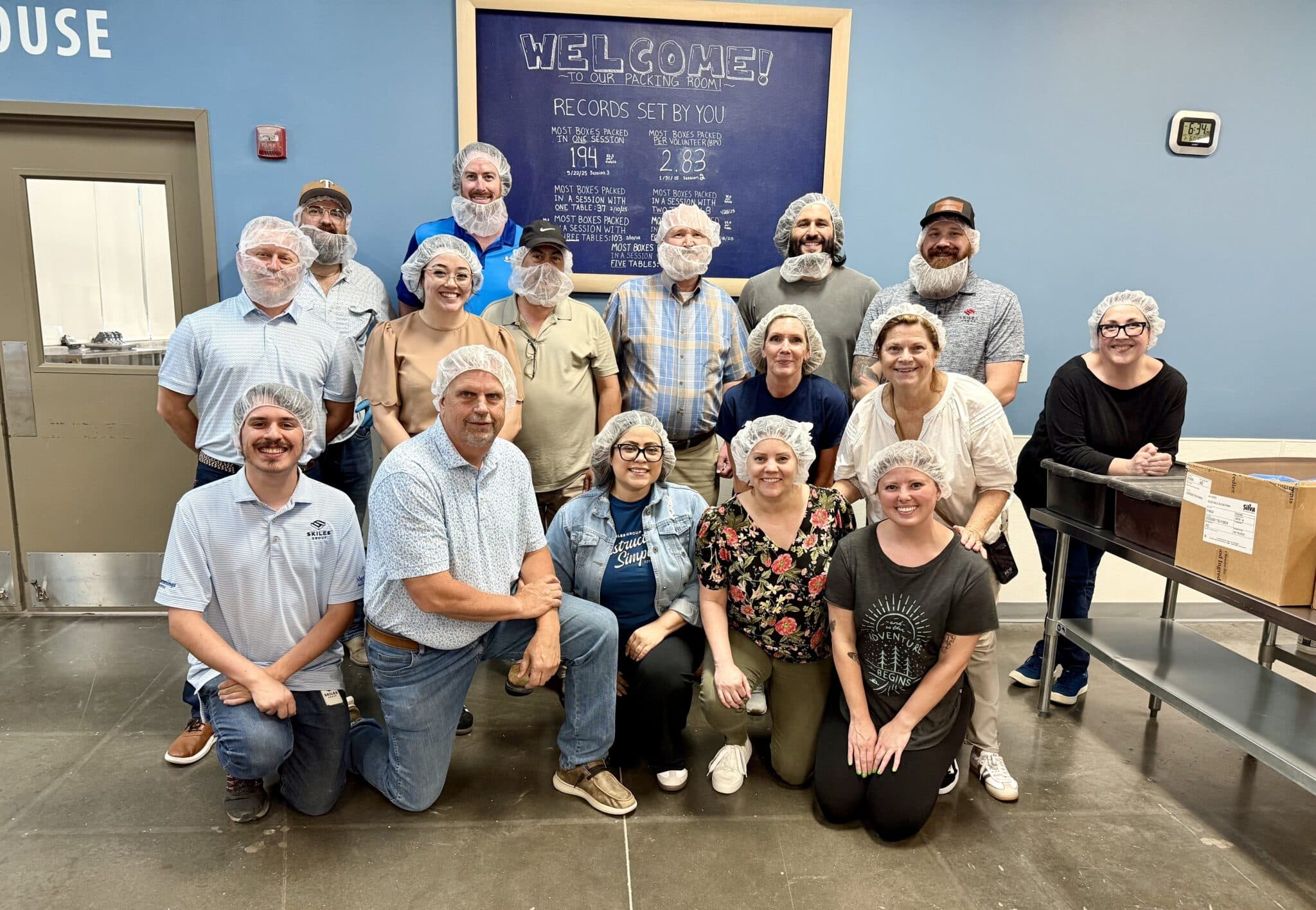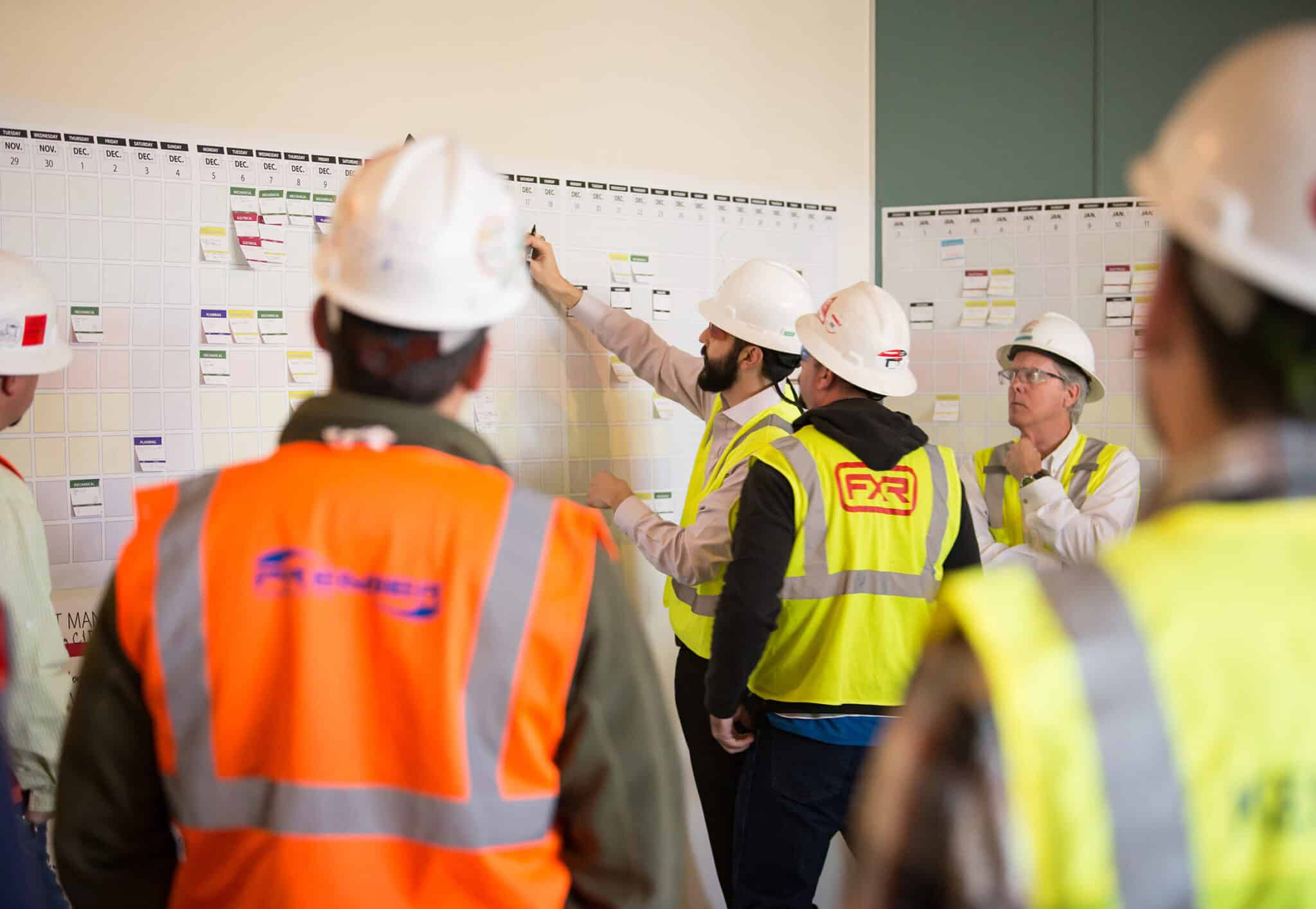Disruption drives innovation, and these challenges will help us to be leaner in our business and develop more creative and collaborative ways to build.
As we start 2022, the pandemic’s ripple effect is still creating upheaval and disorientation for the construction industry. We are currently experiencing significant problems from three distinct fronts: cost escalations, long lead times, and labor shortages.
I recently moderated a panel discussion for the Lean Construction Institute’s DFW Community of Practice. Our four industry experts – representing mechanical/plumbing, structural steel, drywall/framing, and concrete – candidly explained how these three issues are affecting their businesses and our industry, and what we might expect as we move forward into the new year. Today, I’ll share some of my observations around each of these topics and highlight some of the takeaways from that insightful panel discussion.
- Cost escalations. According to Ken Simonson, chief economist of the Association of General Contractors, “Prices for nearly every type of construction material are rising at runaway rates.” But when will it stop? During the referenced LCI event, panelists shared that they expect price increases to continue into 2022 and then flatten to a new baseline. Unfortunately, they do not see the costs returning to where they once were. Before the pandemic, sophisticated builders with strong preconstruction departments could keep a budget for months, throughout the design process. But today, estimates can be completely outdated and irrelevant within a few weeks or even in a matter of days. And it’s not just the cost for raw materials that’s climbing. Things like imported shipping containers are now four times more than before the pandemic, and with additional border control regulations anticipated in 2022, these transportation costs could compound.
- Long lead times. Over the past three months, lead times on raw materials such as aluminum and copper have continued to rise. HVAC and electrical equipment lead times have also continued to grow, and items like metal decking and roof insulation can now take more than six months to procure. These procurement issues force delays in project start times and can create scheduling issues for the duration of construction. Lead times frequently change mid-project, and it is now common for ordered materials to arrive much later than originally promised. According to the trade panel I spoke with, for some scopes of work they are ordering materials much earlier – and without as much information, like precise field measurements – to hedge against missed procurement dates. While many are hopeful that things will ease up, it doesn’t appear this will be the cause until the second or third quarter of 2022.
- Labor shortages. Labor shortages are nothing new in our industry, but we are experiencing these shortages in new (worse) ways – and it’s not just construction that’s suffering. In 2022, the labor shortage will continue to spread beyond the building industry, as many other sectors (retailers, restaurants, hospitality, and others) struggle to hire and retain enough employees to satisfy the demand for their services and products. Official data from the U.S. Labor Department reported that a record 4.3 million Americans voluntarily left their jobs in August 2021 – the equivalent of 2.9 percent of the national workforce. This is the fifth month in a row of record exit numbers, significantly impacting manufacturing and construction positions. With the increasing need for workers to fill open roles on active projects, many firms are likewise increasing benefits and salaries and doubling down on recruiting efforts. These rising labor costs will be built into projects and add to rapidly escalating construction prices. In 2021, we felt the material cost increases; now we are experiencing cost increases to both materials and labor.
If you’re looking for some good news, I can offer this: our industry is resilient. This is not the first turmoil we have endured, and it won’t be the last. Furthermore, disruption drives innovation, and these challenges will help us to be leaner in our business and develop more creative and collaborative ways to build. The panelists shared that they have already begun to realize many positives: finding more efficient ways to procure materials, improving communication with general contractors and suppliers, and focusing on lean initiatives in their operations to increase productivity with fewer people. Today’s challenges are accelerating a much-needed transformation in our industry – and we will reap the benefits from and continue to build on these successes when we are once again living, working, and building in less fraught, unpredictable times.
This article was written for The Zweig Letter; you can read it here: https://zweiggroup.com/blogs/news/construction-outlook




